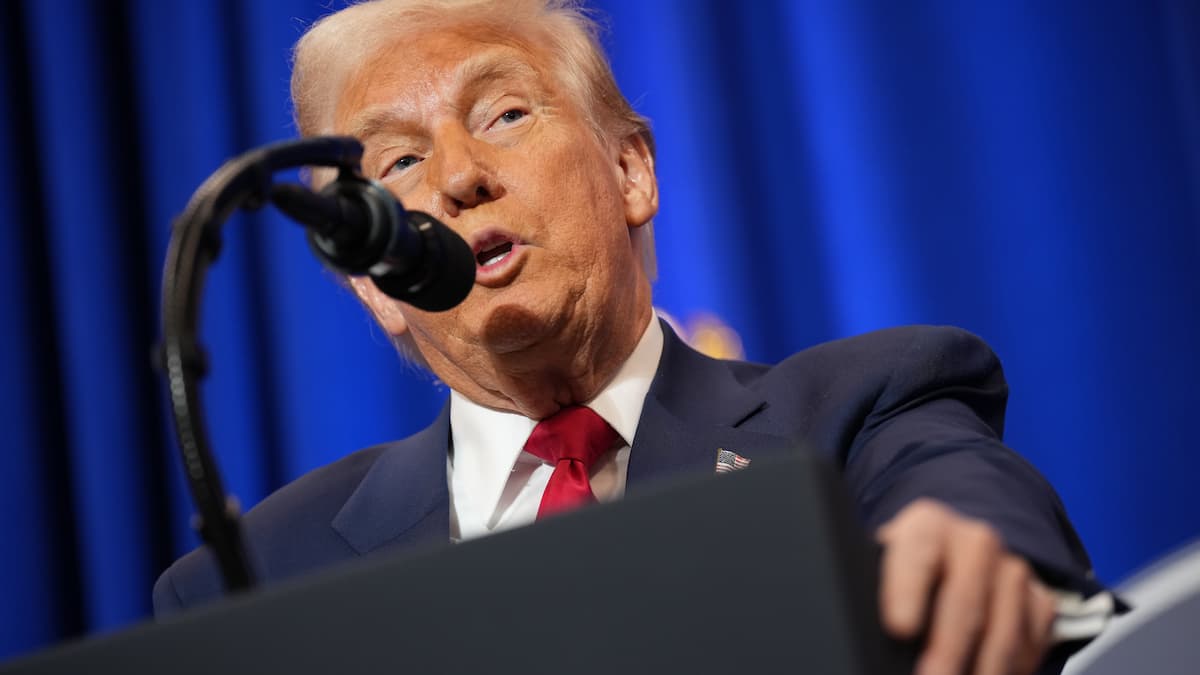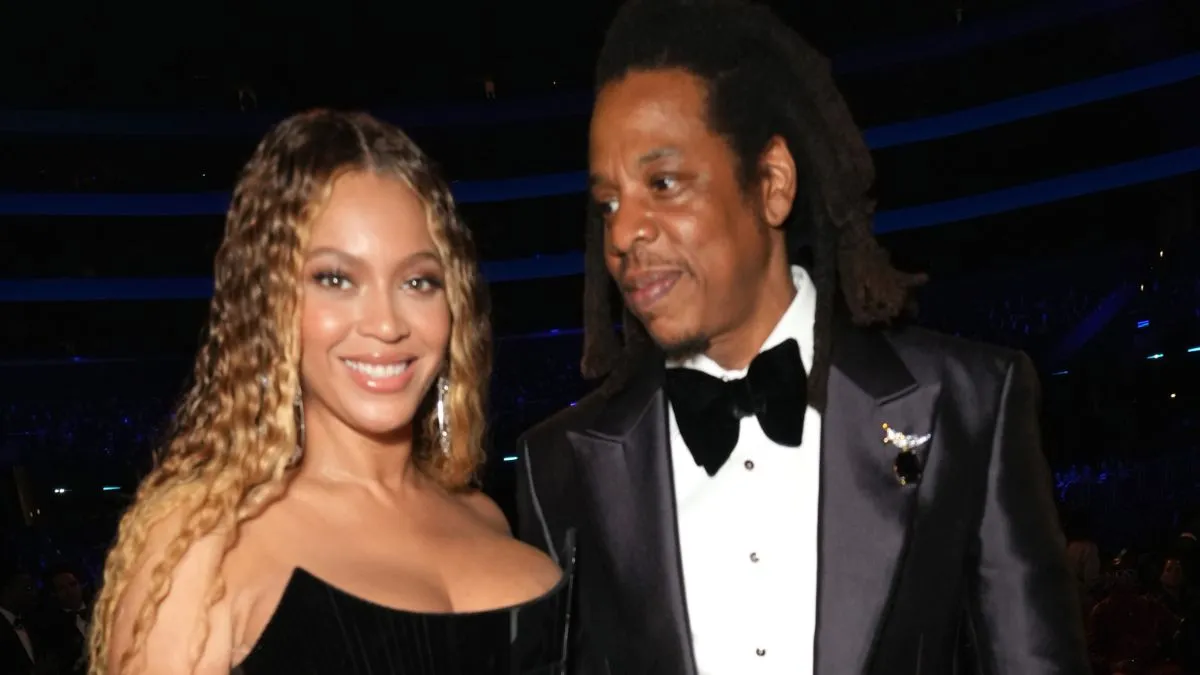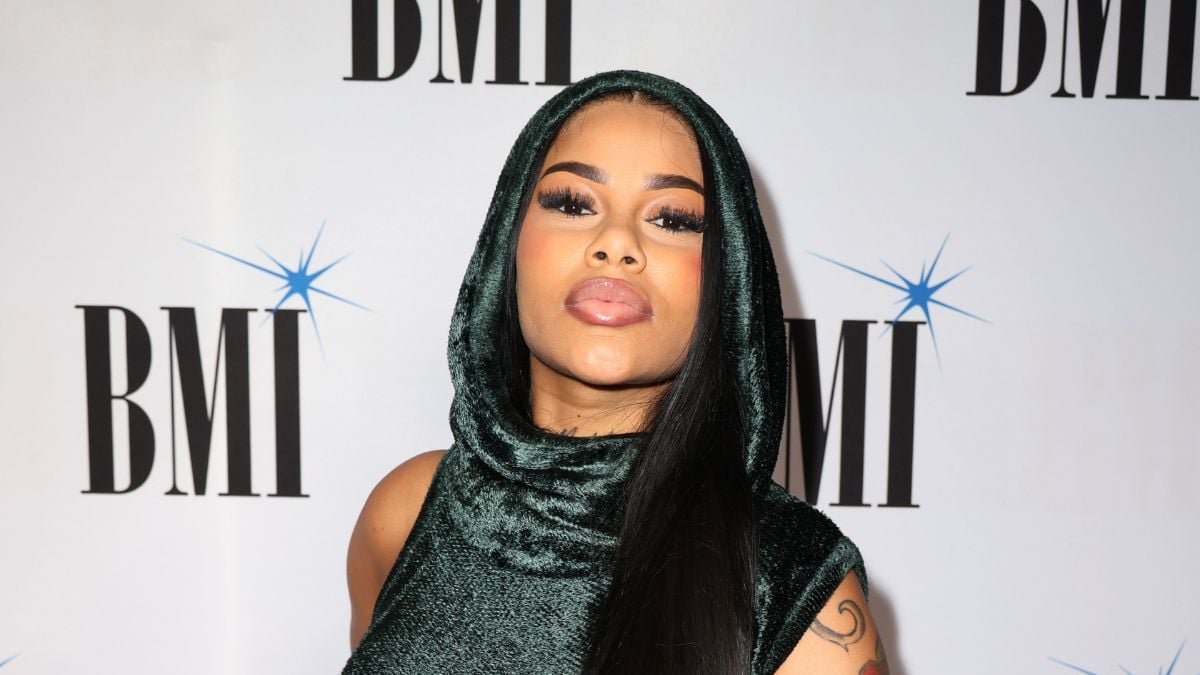Three episodes was provided prior to broadcast.
One of the downsides to living in the new Golden Age of Television is that some shows, decent in their own right, will inevitably suffer in comparison to the best of the best.
I fear that may be the fate of Victoria, which has its U.S. premiere later tonight. The show presents inevitable comparisons to Netflix’s The Crown in its tale of one of England’s most famous queens, at times rising to the challenge of its competitor, and at other times, falling a bit short.
The series opens at the very beginning of Victoria’s famous reign. King William is dead and his niece, Alexandrina Victoria (Jenna Coleman), a girl of eighteen, will ascend to the throne. She’s lived a sheltered and inexperienced life at Kensington, reared under the strict oversight of her mother, the Duchess of Kent (Catherine Flemming) and Sir John Conroy (Paul Rhys), the Duchess’s overbearing adviser. But Victoria chafes under their control and no sooner has she become queen than she insists that the family move to Buckingham House in London. There she falls under the spell of the dashing Lord Melbourne (Rufus Sewell), the Whig Prime Minister, whom she takes on as her chief adviser.
Victoria’s reign is off to a rocky start: her uncle the Duke of Cumberland (Peter Firth) and Sir John seek for ways to declare her incompetent and establish a regency, while Victoria’s own behavior lands her in trouble with her subjects. Scandals abound: Melbourne’s influence over the Queen angers the Tory party, while Victoria’s own household seethes with animosity, competition, and intrigue. And that’s just the first episode.
As the series proceeds, Victoria comes more into her own, developing from an inexperienced teenage girl to a powerful monarch. She faces political machinations from all sides, her overly sheltered existence making her a target for intrigue and manipulation even from the most well-meaning advisers. The introduction of Prince Albert (Tom Hughes) as a competitor for Victoria’s hand in marriage brings the viewer into perhaps more familiar historical territory than the earlier parts of the series. This shift allows for a clearer elucidation of Victoria’s place in history as one of England’s most powerful female monarchs, whose choice of partner was a matter of international importance.
The Victorian era has often formed a backdrop to film and TV, but the woman herself rarely comes into the spotlight, making Victoria unique in television. Coleman gives a strong performance as the titular Queen, as her youth and apparent naiveté gradually give way to a combination of willfulness (as one would expect from a teenage girl), passion, and the slow development of political intelligence. Sewell’s Lord Melbourne, meanwhile effectively balances out Victoria’s inexperience, wavering on the line between friend and adviser and potential lover, whose political position makes him both a threat and a powerful ally. The pair develop a complex relationship that causes complications further down the line as Victoria comes more into her own and finds a husband.
Victoria paints an increasingly complex picture of a beloved monarch, revealing the political machinations that go along with politics, gender, and aristocracy. The titular character’s choice of husband is a political maneuver, as is everything she does: from her choice of household companions, to her advisers, to those she dances with at the Coronation Ball. Nor is there any shortage of people – particularly men – wishing to advise, undermine, or marry her, sometimes all at the same time.
The main villains of the piece consist of Sir John and the Duke of Cumberland, both of whom wish to obtain more power either by controlling Victoria, or undermining her. While Paul Rhys’s Conroy is deliciously malevolent, the same cannot be said for Firth’s Cumberland, whose villainy is so cartoonish that one almost wishes he had a mustache to twirl. As things get more complicated with Victoria’s impending marriage to Albert, Cumberland’s villainy becomes more pronounced, and the political implications of a German marriage grow more riveting and complex.
Secondary plots involving intrigue below the stairs of Buckingham House fall flat, however, making Victoria feel like a monarchical Downton Abbey. Writer/creator Daisy Goodwin appears to be trying to deal with the problems of the underclasses during Victoria’s reign, but the maids, butlers, and chefs are stock characters whose lives are treated as mostly ancillary to the ruling classes. One subplot involving the housekeeper Mrs. Jenkins (Eve Myles) and the execution of Chartist protestors gives insight into the effect of monarchy on Victoria’s subjects, but the issue is dealt with perfunctorily, as though the show didn’t want to spend too much time with the servants.
The show also suffers from an overabundance of set pieces meant to evoke a sense of majesty and importance. As Victoria proclaims that she will be called Queen Victoria and not by another name, Coleman pauses so that she may emphasize the statement to a swelling of music, a decision that evokes more laughter than applause, especially as she steps out to greet an obviously computer generated crowd of faceless subjects. Furthermore, intercutting scenes feel disjointed, eliding over whole sections of time at some points. This only serves to emphasize the superficiality of the series, as though it’s a show of vignettes rather than a continuous narrative.
The CGI in Victoria is one of its worst visual decisions, with animated crowds and scenes superimposed on the real landscape that looks like a Sims version of the Victorian period. That’s a shame, as otherwise, Victoria’s art direction has much to recommend. Director Tom Vaughan (who worked on the first three episodes) has an eye for portraiture, conjuring images and set-pieces meant to evoke paintings of the period. The interior set designs are lush and realistic, allowing insight into a period when monarchy was both more traditional and less produced—compare Victoria’s simple Coronation with the rendering of Elizabeth II’s in The Crown.
Overall, Victoria is a mixed bag, boasting a strong cast with some good scripts by series creator Daisy Goodwin, and some questionable production decisions. Despite the romanticized elements, the main character is treated as a complex and not always likable figure, and the series doesn’t flinch in criticizing either her or the period named for her. Though by no means perfect, Victoria is ultimately a diverting way to spend a Sunday afternoon.





Published: Jan 15, 2017 9:55 PM UTC